In the realm of smart home technology, lighting plays a pivotal role in creating an ambiance that's not just welcoming but also intelligently responsive to our needs and commands. The allure of smart lighting lies in its ability to transform and elevate our living spaces with just a voice command or a tap on a smartphone. However, the foundation of this seamless convenience is compatibility. Ensuring your smart lights can communicate effectively with your existing home ecosystem is crucial for a harmonious smart home experience. Let's dive into the world of smart light compatibility and how to ensure your lights work perfectly within your smart home setup.
Understanding Smart Light Compatibility
Compatibility in the smart lighting context refers to the ability of your smart bulbs or fixtures to integrate and communicate with your home's existing smart devices and platforms. This includes everything from voice assistants like Amazon Alexa, Google Assistant, and Apple HomeKit, to home automation systems like Samsung SmartThings and IFTTT (If This Then That). The goal is to create a unified smart home ecosystem where all devices work together seamlessly.
The Importance of Choosing the Right Ecosystem
The first step towards ensuring smart light compatibility is choosing the right ecosystem. Think of your smart home ecosystem as a team, where each player needs to understand the others to play the game effectively. Whether you're committed to Apple's HomeKit, Google's Home ecosystem, or Amazon's Alexa, your smart lights need to be compatible with your team's "language" to participate fully.
Compatibility with Voice Assistants
For many, the primary appeal of smart lights is the ability to control them with voice commands. To ensure this works flawlessly, check that the smart lights you're considering are compatible with your preferred voice assistant. This is like ensuring that your new smartphone can run your favorite apps; without this compatibility, you're not getting the full experience.
Hub vs. Hubless Systems
Some smart lighting systems require a central hub to connect the bulbs to your network and facilitate communication with other devices. Others connect directly to your Wi-Fi network, eliminating the need for an additional hub. Your choice between hub and hubless systems should consider convenience, the scale of your smart home setup, and, importantly, compatibility with your current devices.
Looking into Connectivity Protocols
Smart lights communicate using various protocols, including Wi-Fi, Zigbee, and Bluetooth. Each has its strengths and limitations in terms of range, energy consumption, and compatibility. For instance, Zigbee devices generally require a hub but offer the advantage of creating a mesh network, improving the range and reliability of your smart home system. Wi-Fi bulbs connect directly to your network without a hub, offering simplicity and ease of setup. Understanding these protocols will help you choose smart lights that best fit your needs and existing setup.
The Role of Apps and Software
The app or software that controls your smart lights plays a significant role in the overall experience. Ensure that the app offers compatibility with your devices and the flexibility you need to create scenes, set schedules, and integrate with other smart home devices. It's also worth checking if the manufacturer regularly updates the app with new features and security improvements.
Testing and Troubleshooting
Even with thorough research, you might encounter compatibility issues. It's a good idea to test your new smart lights with your existing system before fully committing. Most manufacturers have return policies, so you can experiment to find the perfect fit for your smart home. Troubleshooting with customer support can also resolve unexpected compatibility issues.
Future-Proofing Your Smart Lighting
As smart home technology evolves, so do standards and protocols. Choosing smart lights that support software updates can help future-proof your investment, ensuring compatibility with new devices and features as they become available. Look for products from reputable manufacturers with a track record of supporting their devices long-term.
Conclusion
Smart light compatibility is the cornerstone of a seamless and efficient smart home experience. By carefully considering your home's existing ecosystem, voice assistant preferences, connectivity protocols, and the role of hubs, you can ensure that your smart lights not only illuminate your space but also enrich your life with convenience and style. Remember, the goal is to create a smart home that works for you, transforming everyday moments into something truly magical.
FAQs
Can I use different brands of smart lights together? Yes, as long as they are compatible with the same ecosystem or hub, you can use different brands of smart lights together.
Do I need an internet connection for smart lights? While an internet connection is required for initial setup and remote access, many smart lights can operate locally via your home network without internet.
Can smart lights interfere with my Wi-Fi? Smart lights, especially those that connect via Wi-Fi, can add to the number of devices on your network but typically don't significantly interfere with Wi-Fi performance. Ensure your router can handle the number of connected devices.
Are smart lights secure? As with any connected device, there's a potential security risk. Choose products from reputable brands, secure your Wi-Fi network, and keep your devices updated to minimize risks.
What happens if my smart light manufacturer stops supporting the app? If a manufacturer stops app support, your smart lights might lose functionality over time. Choosing lights from well-established brands can mitigate this risk.
 Beyond Convenience: How Smart Devices Can Enhance Home Security03/28/2024Posted in: GuideRead more
Beyond Convenience: How Smart Devices Can Enhance Home Security03/28/2024Posted in: GuideRead more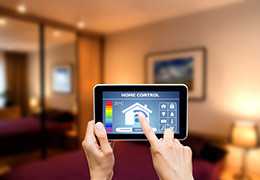 The Ultimate Smart Home Starter Kit: Must-Haves for Beginners (Affordability Edition)03/28/2024Posted in: GuideRead more
The Ultimate Smart Home Starter Kit: Must-Haves for Beginners (Affordability Edition)03/28/2024Posted in: GuideRead more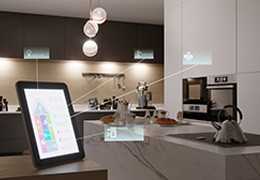 Illuminate Your Life: Home Lighting Automation Explained03/28/2024Posted in: Smart HomeRead more
Illuminate Your Life: Home Lighting Automation Explained03/28/2024Posted in: Smart HomeRead more
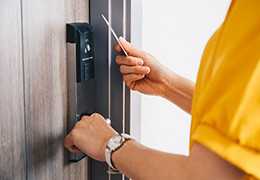 Enhance Your Home Security with a Smart Lock: The Ultimate Guide03/28/2024Posted in: Smart HomeRead more
Enhance Your Home Security with a Smart Lock: The Ultimate Guide03/28/2024Posted in: Smart HomeRead more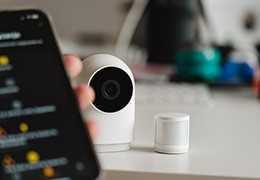
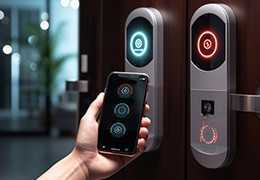 The Ultimate Guide to Home Automation Hubs02/12/2024Posted in: Smart HomeHome automation...Read more
The Ultimate Guide to Home Automation Hubs02/12/2024Posted in: Smart HomeHome automation...Read more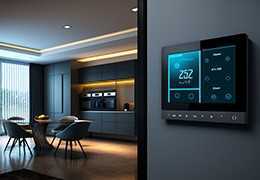 Enhance Your Security: Smart Home Solutions02/12/2024Posted in: Smart HomeIn today's...Read more
Enhance Your Security: Smart Home Solutions02/12/2024Posted in: Smart HomeIn today's...Read more Smart Light Compatibility: Ensuring Seamless Integration02/12/2024Posted in: Smart LightingIn the realm of...Read more
Smart Light Compatibility: Ensuring Seamless Integration02/12/2024Posted in: Smart LightingIn the realm of...Read more
 Beyond Convenience: How Smart Devices Can Enhance Home Security03/28/2024Posted in: GuideSmart home...Read more
Beyond Convenience: How Smart Devices Can Enhance Home Security03/28/2024Posted in: GuideSmart home...Read more The Ultimate Smart Home Starter Kit: Must-Haves for Beginners (Affordability Edition)03/28/2024Posted in: GuideTurn your home...Read more
The Ultimate Smart Home Starter Kit: Must-Haves for Beginners (Affordability Edition)03/28/2024Posted in: GuideTurn your home...Read more Illuminate Your Life: Home Lighting Automation Explained03/28/2024Posted in: Smart HomeThis guide...Read more
Illuminate Your Life: Home Lighting Automation Explained03/28/2024Posted in: Smart HomeThis guide...Read more
 Enhance Your Home Security with a Smart Lock: The Ultimate Guide03/28/2024Posted in: Smart HomeThis guide...Read more
Enhance Your Home Security with a Smart Lock: The Ultimate Guide03/28/2024Posted in: Smart HomeThis guide...Read more

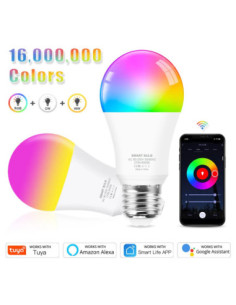
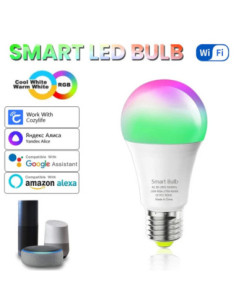
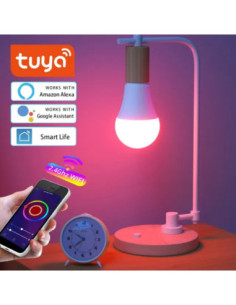
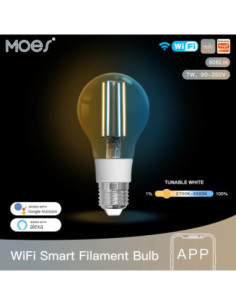
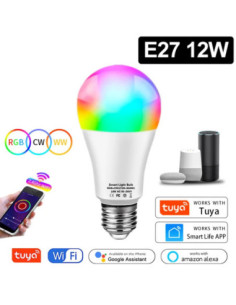




Leave a comment